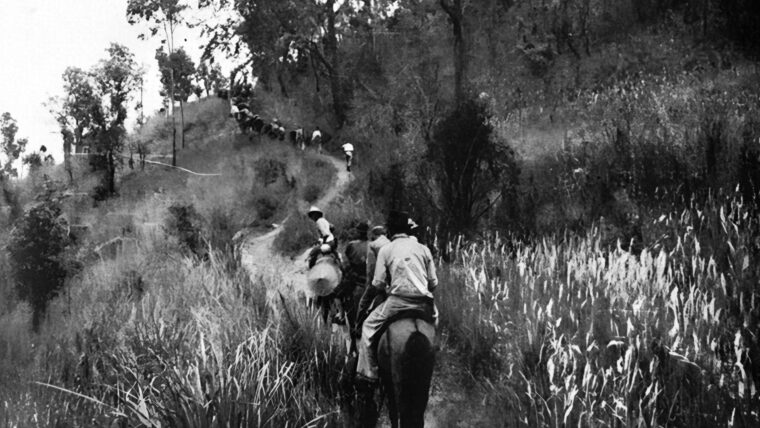
WWII
Siam Secrecy: The Thai Resistance in World War II
By John W. Osborn, Jr.Thailand was perhaps the least known, though surely more scenic and exotic, covert battleground of World War II. Read more
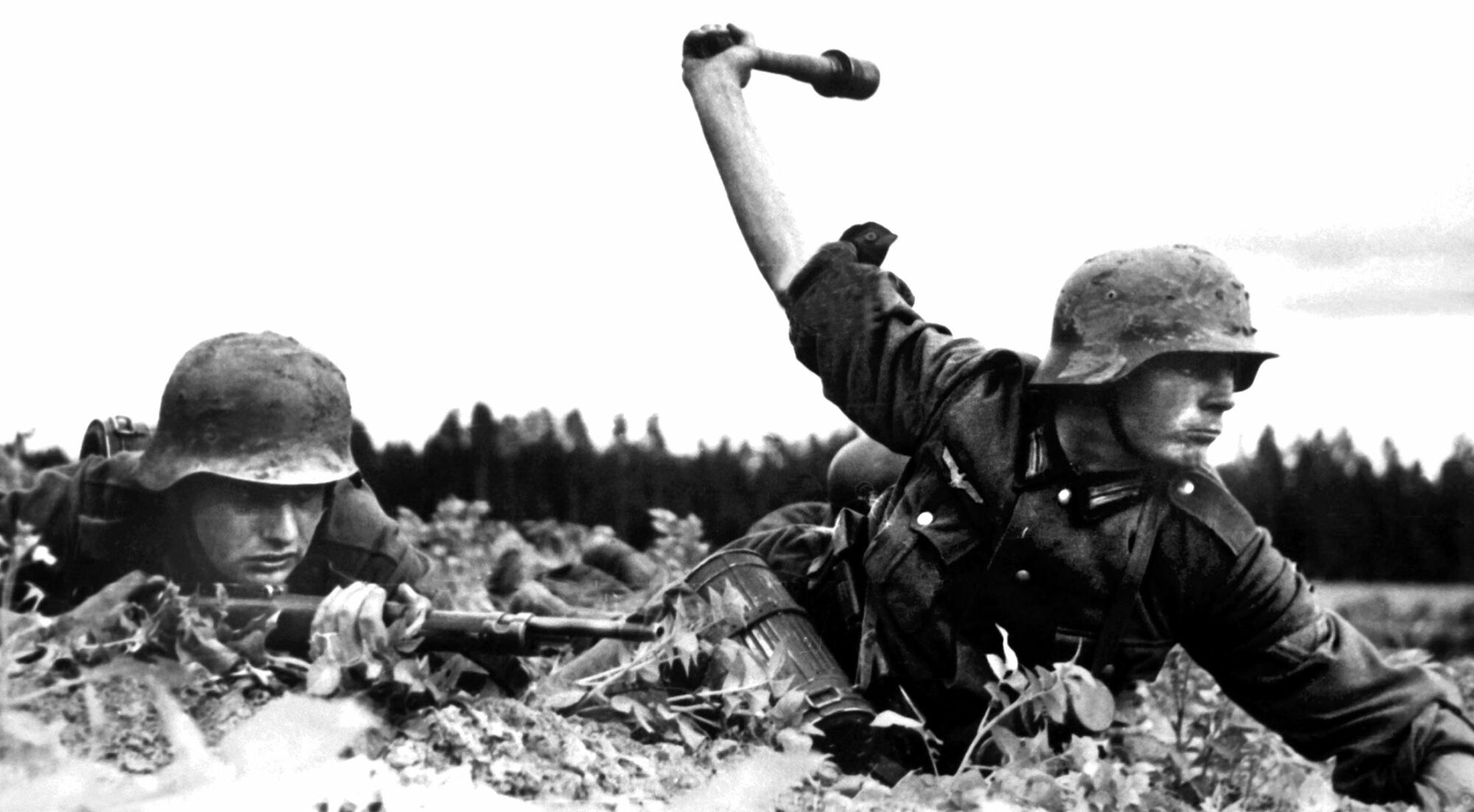

WWII
Thailand was perhaps the least known, though surely more scenic and exotic, covert battleground of World War II. Read more
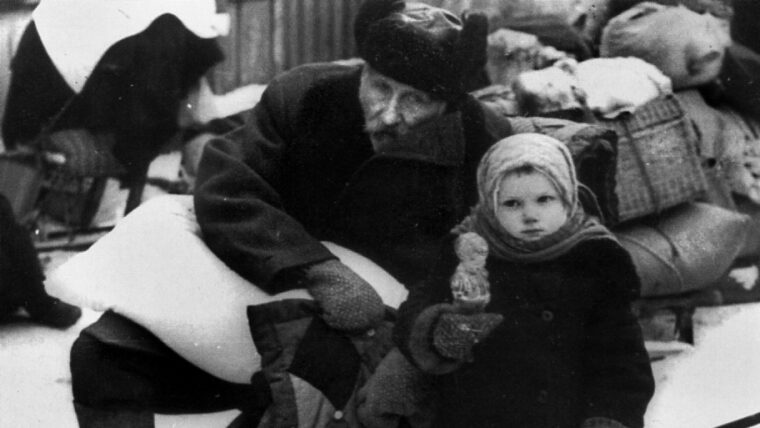
WWII
Georgina’s mother sat next to me at her dining room table. She and her husband were veterans of the Great Patriotic War, and back in 1996 we all sat about the table on Victory Day and talked about the siege. Read more
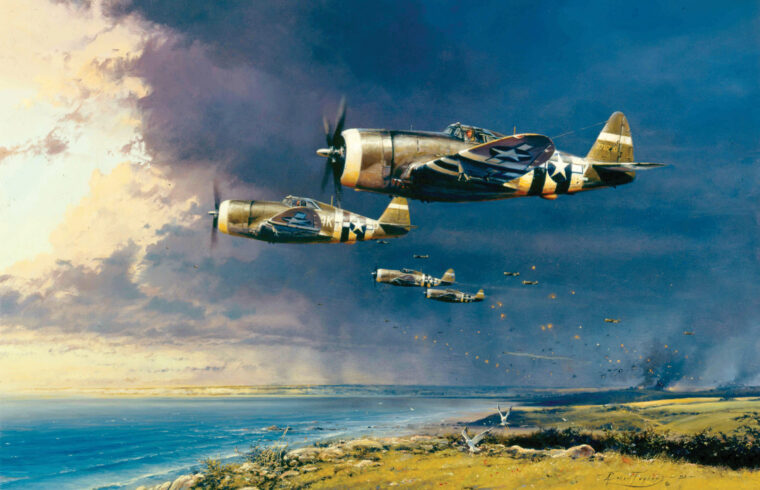
WWII
As the landing craft carrying the invading Allied ground forces of Operation Overlord motored toward the Normandy beaches on June 6, 1944, they were protected and supported by the largest aerial armada the world has ever seen. Read more
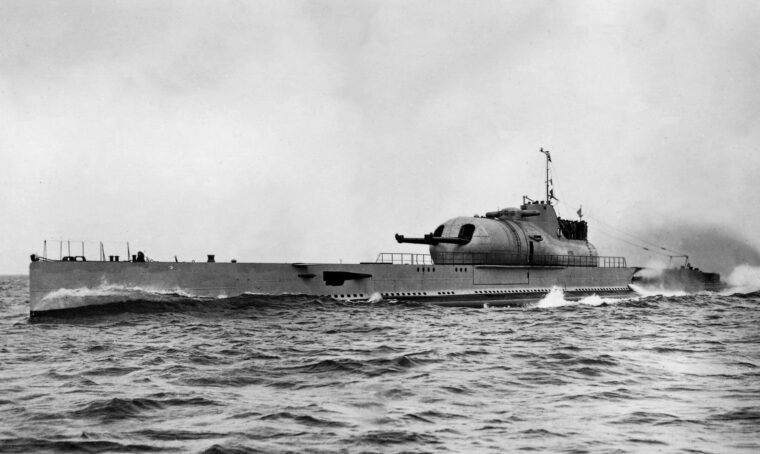
WWII
When built, the French Surcouf was the largest submarine in the world. She was named for Robert Surcouf, the famed French privateer who waged successful economic warfare against England during the Napoleonic era. Read more
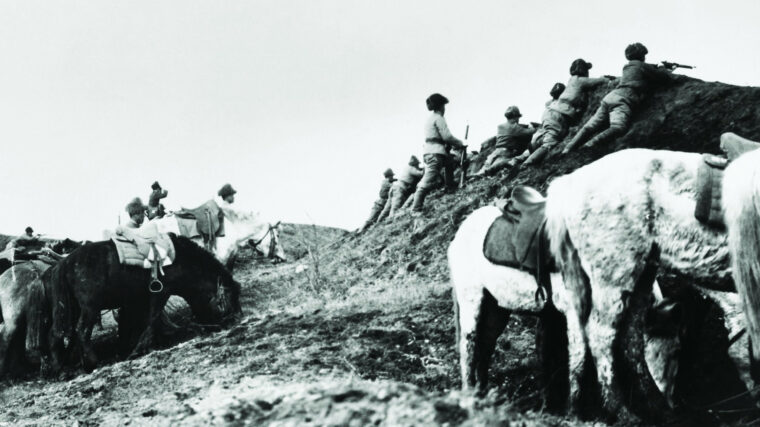
WWII
At 11:02 am on August 9, 1945, an American warplane dropped an atomic device nicknamed “Fat Man” onto the city of Nagasaki, Japan. Read more
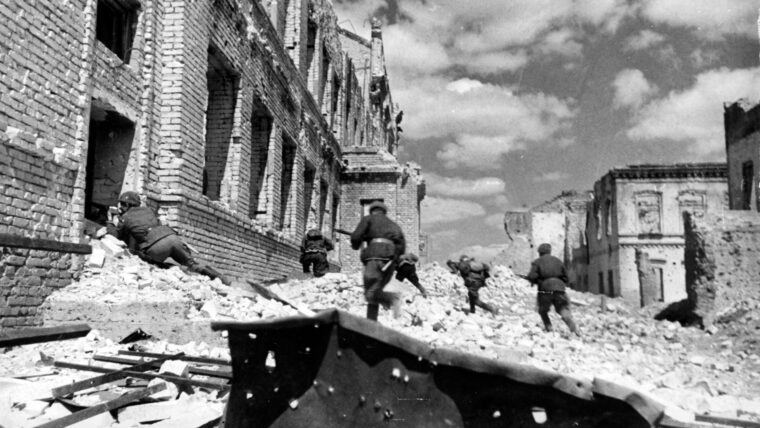
WWII
After Adolf Hitler’s audacious invasion of Russia finally ground to a halt in December 1941 on the forested outskirts of Moscow, the exhausted German Army stabilized its winter front in a line running roughly from Leningrad in the north to Rostov in the south. Read more
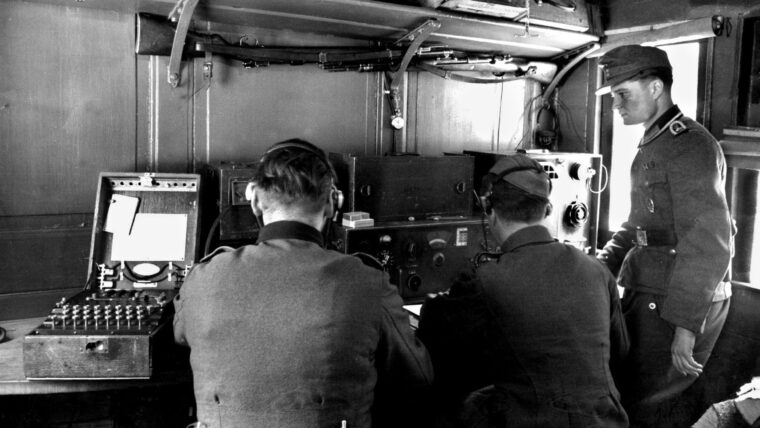
WWII
Great Britain’s military intelligence leaders learned from their experience in World War I that the kinds of minds capable of breaking codes are a rare commodity and are often not likely to blossom in a military atmosphere. Read more
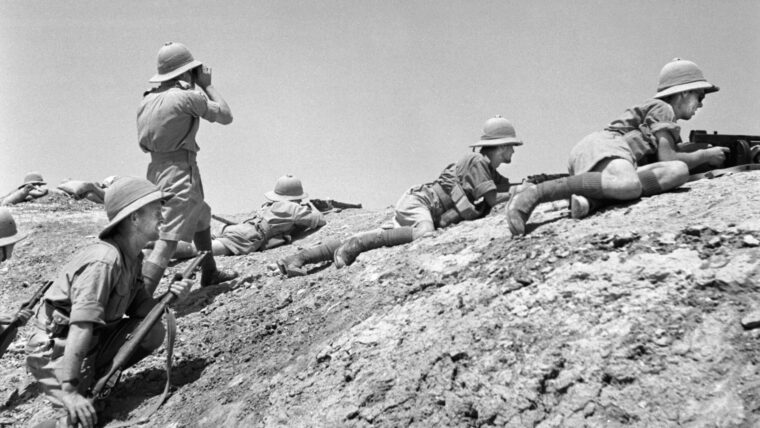
WWII
Many students of World War II history know General Sir Claude Auchinleck as the Commander-in-Chief Middle East, who, after taking over for General Sir Archibald Wavell in late June 1941, oversaw the fluctuating fate of Britain’s Eighth Army while combating German General Erwin Rommel’s Afrika Korps during Operations Crusader and Gazala. Read more
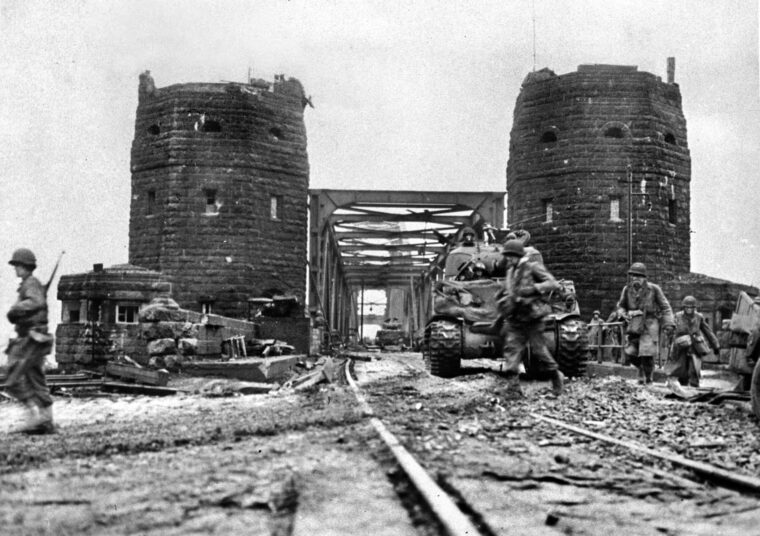
WWII
As Allied troops advanced along a broad front toward Nazi Germany in the winter of 1945, the United States Army was eager to capture an intact bridge over the Rhine River to allow its troops and heavy equipment to advance rapidly into Germany. Read more
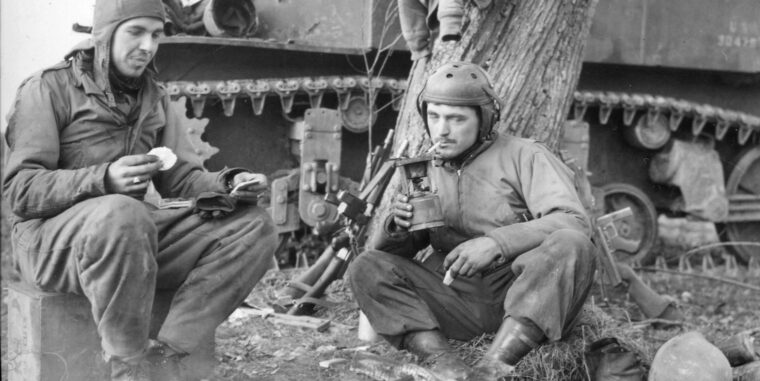
WWII
K Rations remain one of the great icons of World War II. Soldiers either loved them or hated them. Read more
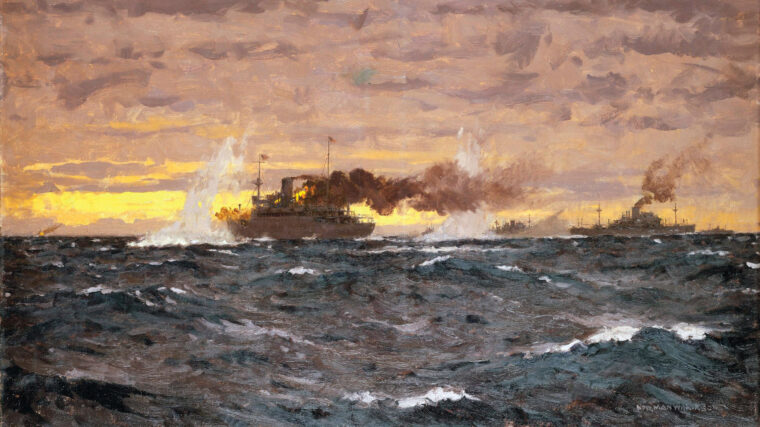
WWII
Throughout World War II, the British Admiralty’s deepest concern was the all-important shipping lanes that supplied their island fortress. Read more
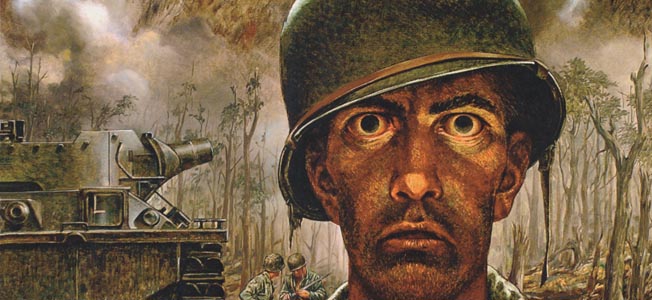
WWII
Eugene Sledge knew a thing or two about combat fatigue. It was September 15, 1944, on a tiny spit of land called Peleliu: the Japanese opened up with heavy mortar fire just as the Marines moved off the beach and started inland. Read more
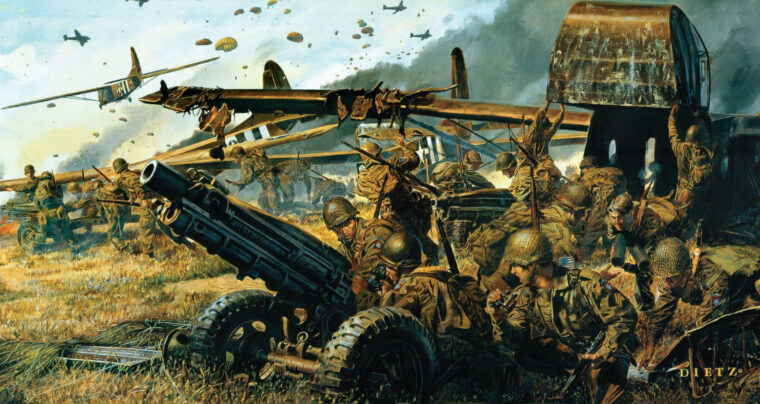
WWII
To bring soldiers swiftly and silently onto a battlefield, the U.S. Army decided to follow the German and British examples and build tactical gliders. Read more
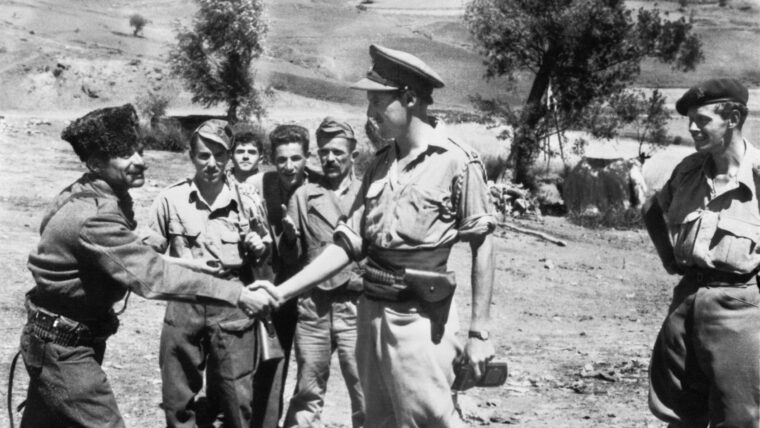
WWII
When British Prime Minister Winston Churchill created the Special Operations Executive (SOE) to organize guerrilla resistance against the Nazis, he famously ordered it to set Europe on fire. Read more
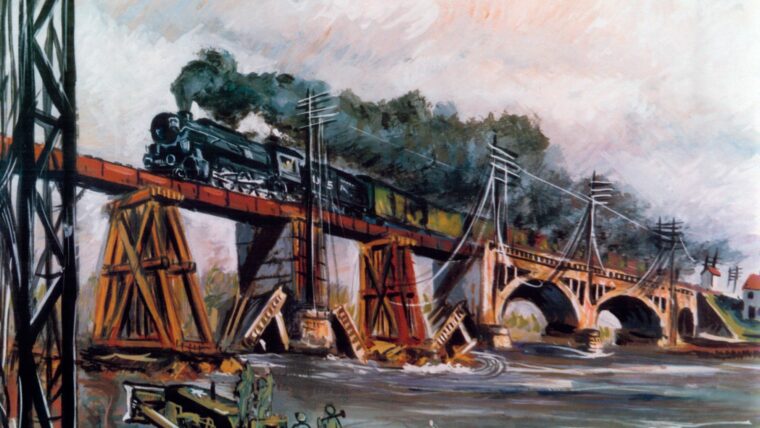
WWII
Historian Christian Wolmar concludes that the two world wars could not have been fought to such devastation without military railways, in his book Engines of War. Read more
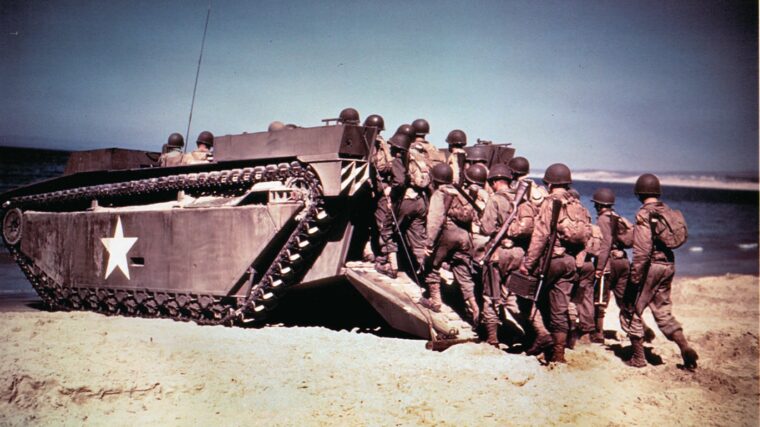
WWII
On January 9, 1945, after almost three years, General Douglas MacArthur and the United States Army returned to the Philippine island of Luzon, landing at Lingayen Gulf on the northwest coast. Read more
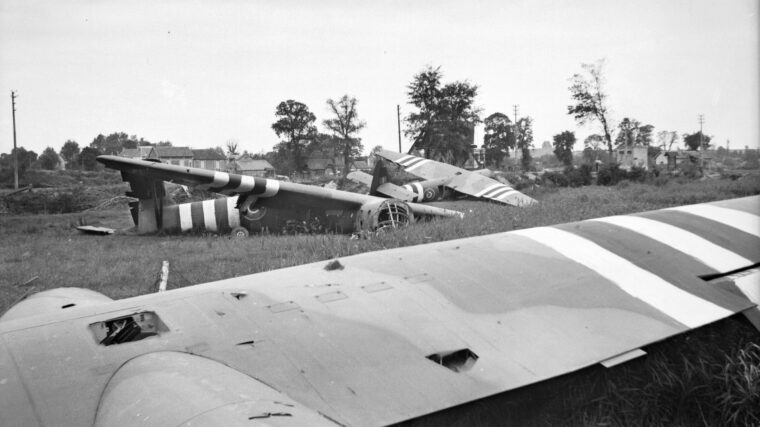
WWII
On a darkened airfield at 2230 hours on June 5, 1944, a reinforced company of British gliderborne infantry, D Company of the Second Battalion, Oxford & Buckinghamshire Light Infantry (Ox & Bucks), boarded gliders, prepared to start the invasion of France. Read more
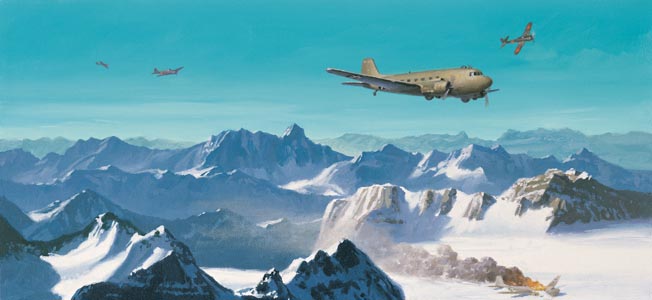
WWII
Why was Myitkyina such an important objective in the reconquest of Burma in 1943 through 1944 for the Allies and especially among them, Lt. Read more
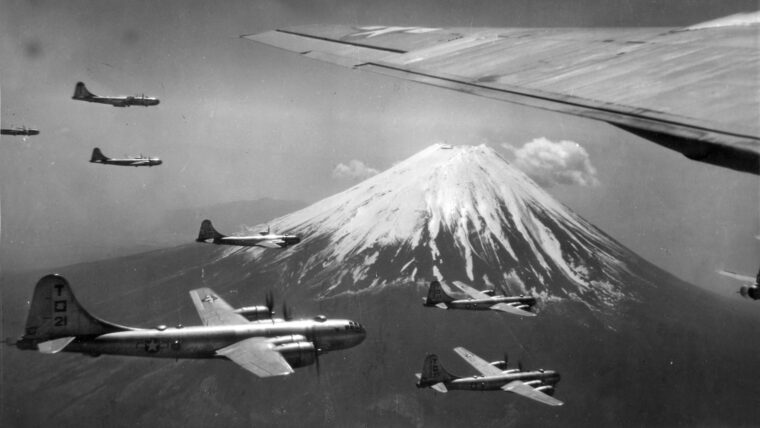
WWII
In the closing months of World War II, Staff Sergeant Henry E. “Red” Erwin, Sr., picked up a burning phosphorus flare inside the cramped fuselage of his Boeing B-29 Superfortress bomber high over Japan. Read more
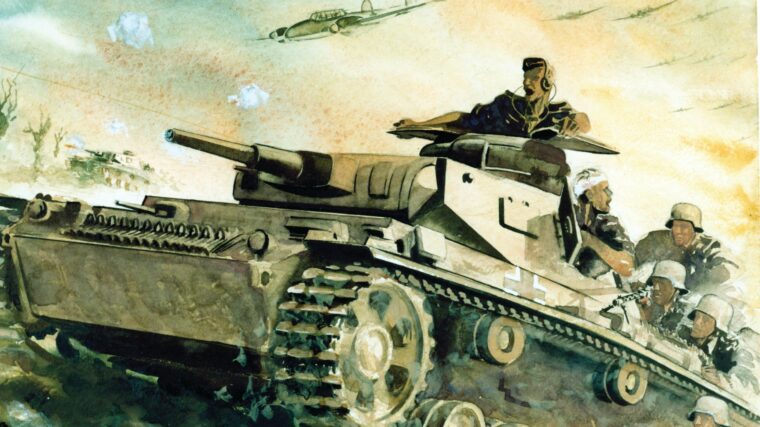
WWII
Adolf Hitler was obsessed with Leningrad. When planning his invasion of the Soviet Union, the Führer demanded that the capture of the city, which he regarded as the cradle of Bolshevism, be one of the top priorities of the campaign, giving it precedence over the capture of Moscow. Read more